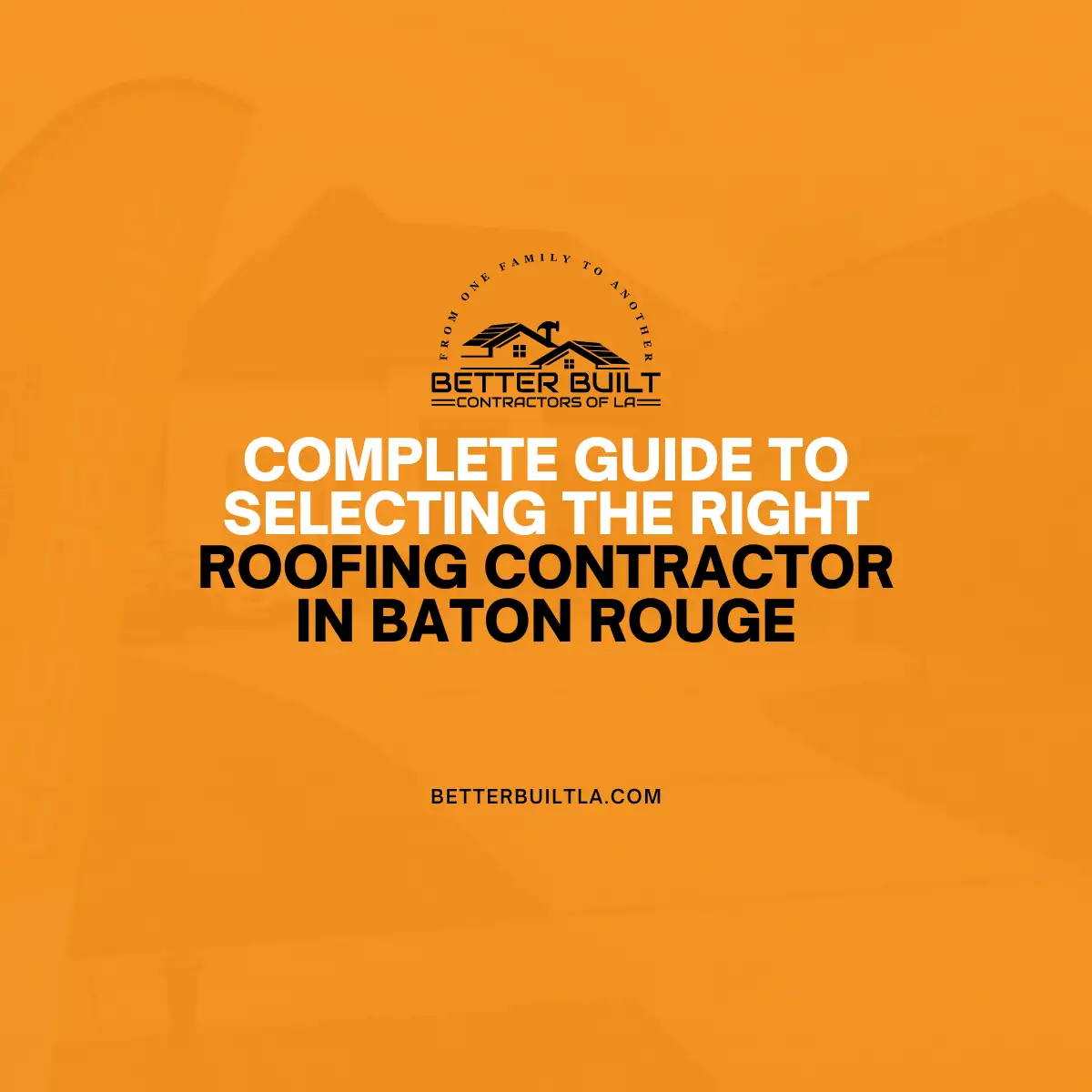Today, no matter where you live in the United States, there’s a good chance that you’ve seen your fair share of extreme weather.
From hurricanes and tornadoes to hailstorms during summer squalls when driving wind and rain pelt roofs and other exterior surfaces- storms can wreak havoc on homes here in Louisiana.
The best way to prepare your roof is before a storm, however, sometimes you don’t have time. Here’s how to protect your roof after a hurricane.
Hurricane season may be almost over, but we’re not out of the woods yet! Be sure to learn how to protect your roof from the effects of South Louisiana winter weather.
What To Do After a Storm
After a storm, you may find that your roof has been damaged. This guide will show the signs of common types of damage so you can determine if it needs fixing and what to do next!
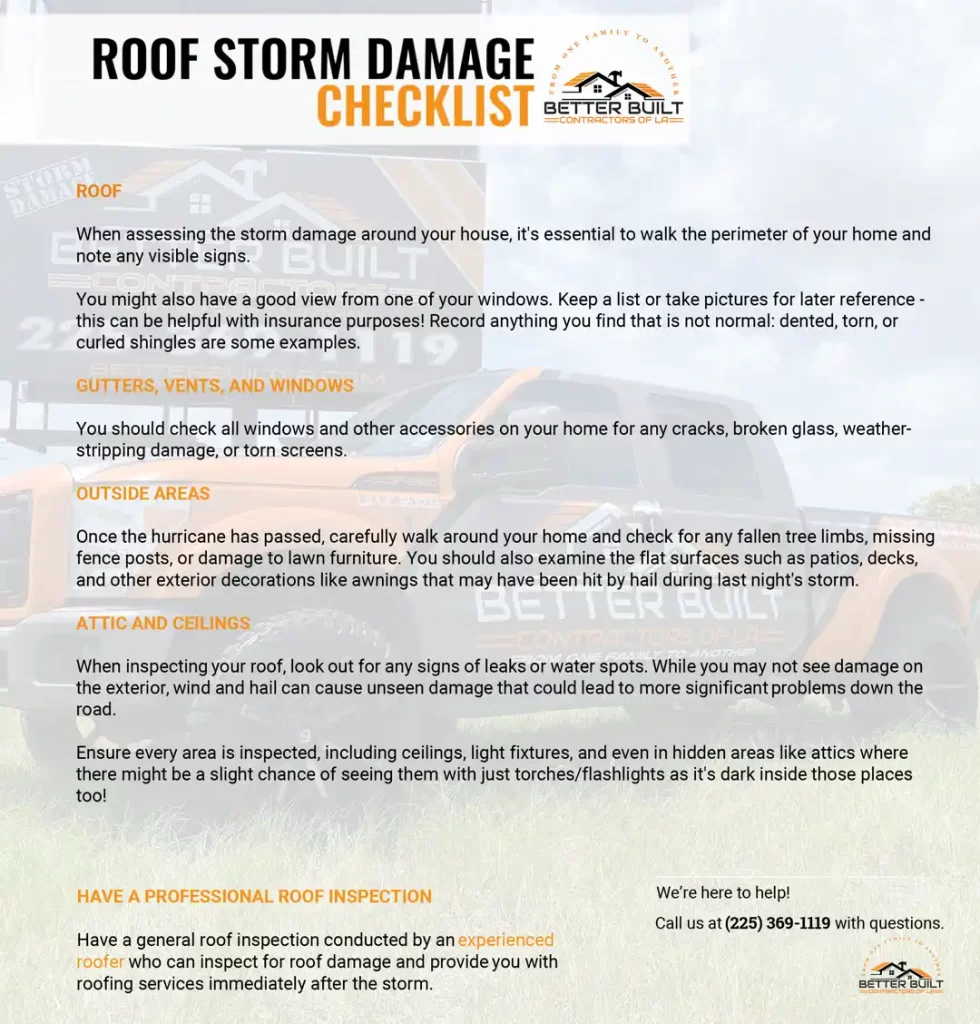
Types of Roof Storm Damage
When homes in Louisiana are damaged from storms, the roof is usually the area that suffers worst.
The roof is an essential part of your house, and when one or more components are damaged, it can make the roof unsafe for you and your family to be in. It is essential to know the type of roof storm damage that you have to contact a roofer for repair.
Wind
When strong winds damage roofing structures in Louisiana, the roof may have a flap or wrinkle in it. The roof can also be blowing air so that it lifts up and down rapidly.
This is because the wind has caught underneath the roof, forcing it to quickly lift off and fall back down. As you can imagine, this kind of damage can be severe. Most roof storm damage comes from heavy rain driven into the roof by strong winds. This is called “wind-driven rain.” If your roof has suffered wind-driven rain, you may have one or more of these roofing problems.
Hail
Hail is another common roof storm damage problem. When you have hail, the roof material can be dented and hammered down by pea-sized or smaller bits of ice that are driven into roofing materials at speeds faster than a car on the freeway!
Standing Water
If you have roof hail damage, water can pool on the roof after a storm. If this standing water freezes in cold temperatures, it can cause more roofing problems later on. For instance, it can create ice dams where roof ice builds up under shingles and roof tiles. As more water flows over the damaged roof during a rainstorm, it can accumulate and freeze. This repeated cycle may damage roofing materials by lifting them and letting water seep in.
Debris
If you don’t remove roof debris after a storm, it can become a roofing problem. After high winds or hail damage, debris from trees and damaged roof materials may have fallen or blown onto the roof surface.
These roof pieces may block vents and gutters and keep them from draining water away from the roof as they should.
Roof Storm Damage Checklist
If you have roof storm damage, follow this roof storm damage checklist before calling a roofer:
Roof
When assessing the storm damage around your house, it’s essential to walk the perimeter of your home and note any visible signs.
You might also have a good view from one of your windows. Keep a list or take pictures for later reference – this can be helpful with insurance purposes! Record anything you find that is not normal: dented, torn, or curled shingles are some examples.
Roof Edge and Drip Edge
In addition to inspecting your shingles, it’s crucial to check the condition of your roof’s edge, particularly the drip edge. The drip edge is a metal strip installed along the margins of your roof that plays a key role in directing rainwater away from your home’s structure. Storms, especially those with high winds or hail, can damage or dislodge this essential component.
Look for any signs of bending, denting, or detachment in the drip edge. Damage to this area can lead to serious water intrusion issues if not addressed promptly. For more detailed information on the importance and function of the drip edge, check out our article on ‘Why is Drip Edge Crucial for Your Roof?.’ Understanding its role will help you assess and address any storm-related damage more effectively.
Gutters, Vents, and Windows
You should check all windows and other accessories on your home for any cracks, broken glass, weather-stripping damage, or torn screens.
Outside Areas
Once the hurricane has passed, carefully walk around your home and check for any fallen tree limbs, missing fence posts, or damage to lawn furniture. You should also examine the flat surfaces, such as patios, decks, and other exterior decorations like awnings that may have been hit by hail during last night’s storm.
Attic and Ceilings
When inspecting your roof, look for any leaks or water spots. While you may not see damage on the exterior, wind and hail can cause unseen damage that could lead to more significant problems down the road.
Ensure every area is inspected, including ceilings, light fixtures, and even in hidden areas like attics where there might be a slight chance of seeing them with just torches/flashlights as it’s dark inside those places too!
Schedule and Conduct a Roof Inspection
If you’ve experienced a roof leak in your home after severe weather, it’s time for roof repair. A roof inspection is critical so that you can keep your roof in the best condition possible.
First, have a general roof inspection conducted by an experienced roofer who can inspect for roof damage and provide you with roofing services immediately after the storm.
Also, schedule time to conduct your own roof inspection so that you’re better informed about when severe weather hits and what types of repairs might be necessary.
Hire a Dependable, Trusted Roofing Contractor
Protecting your home’s roof is vital so that it doesn’t sustain any damage during a hurricane. If you already live in an area that has been affected by a storm, you know that roof damage is widespread.
For example, in Louisiana, roofing experts estimate more than half of roofing jobs after Hurricane Katrina were roof tear-offs.
Roofs are fragile and easily damaged when hit by heavy objects such as debris and rainwater. However, there’s some good news: roofing experts say roof damage is typically easy and fast to fix.
But before you hire roofers, you should always do your research on roofing contractors.
Talking to a Trusted Roofing Contractor
Most roofing companies are not only dependable but trustworthy as well. To keep your roof up-to-code and avoid significant damage during a hurricane or any other natural disaster, you should work with a roofer you know and trust.
If you don’t have anyone in mind, be sure to ask your friends and neighbors for referrals. You can also check out roofing websites for recommendations.
Contact us at Better Built Contractors today for an inspection and estimate for your roof.
Call Your Homeowners Insurance Provider
If your roof needs repairs or even replacement after an extensive roof damage inspection, you will most likely need to contact your homeowner’s insurance provider.
They can let you know if roof replacement is covered under your policy and even provide a list of roof contractors they trust — like us at Better Built Contractors.
Fill out the form below for your free roof inspection today!

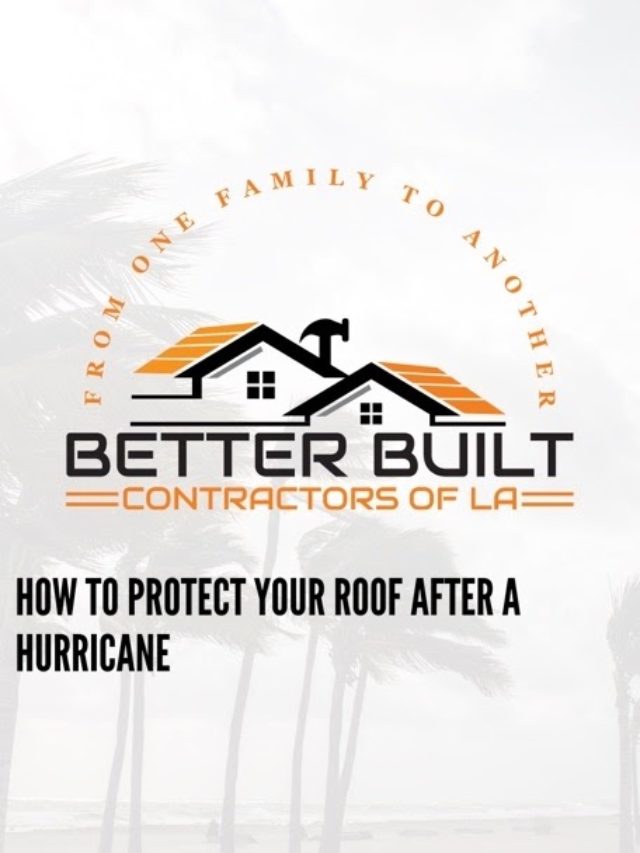
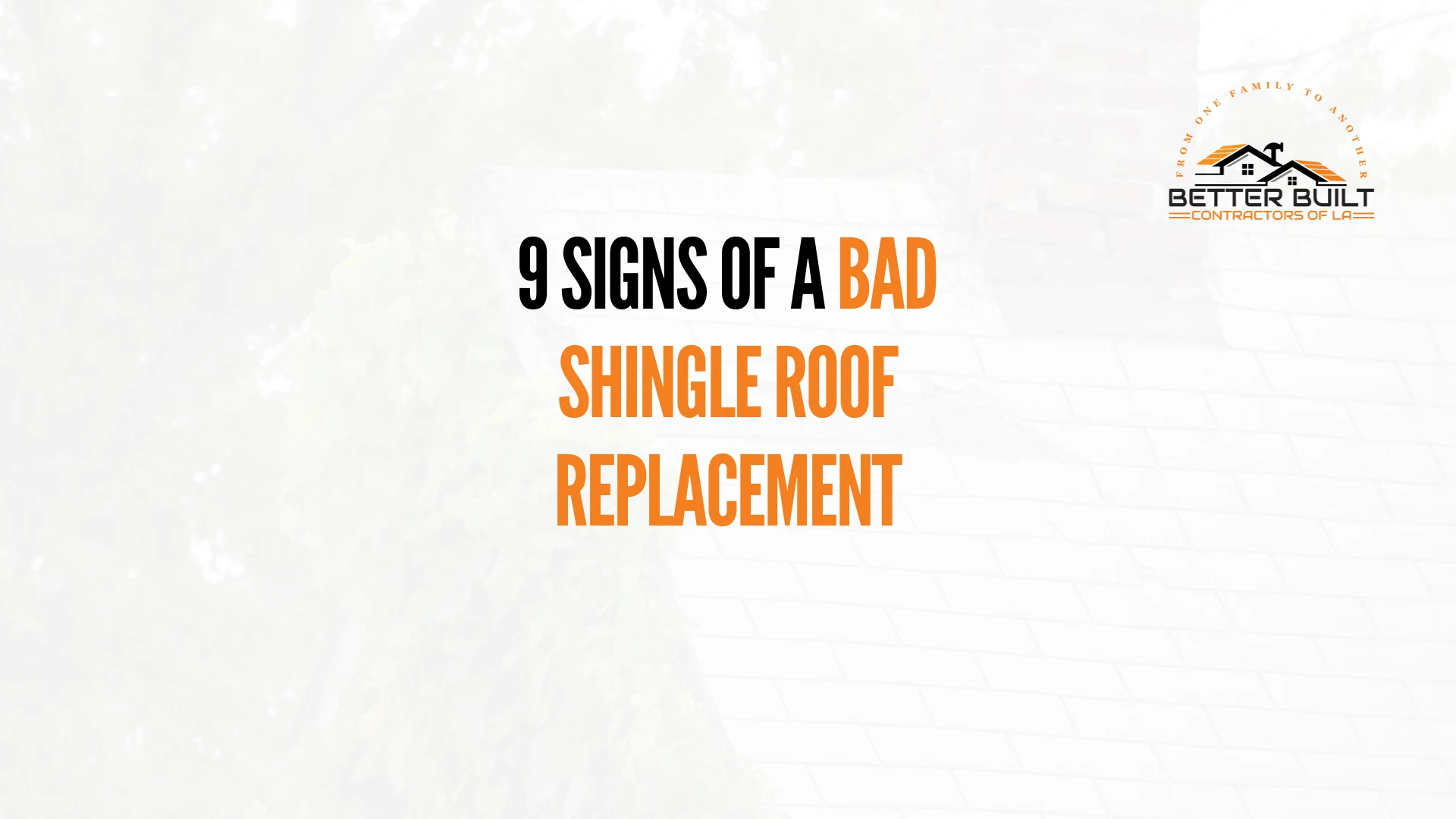
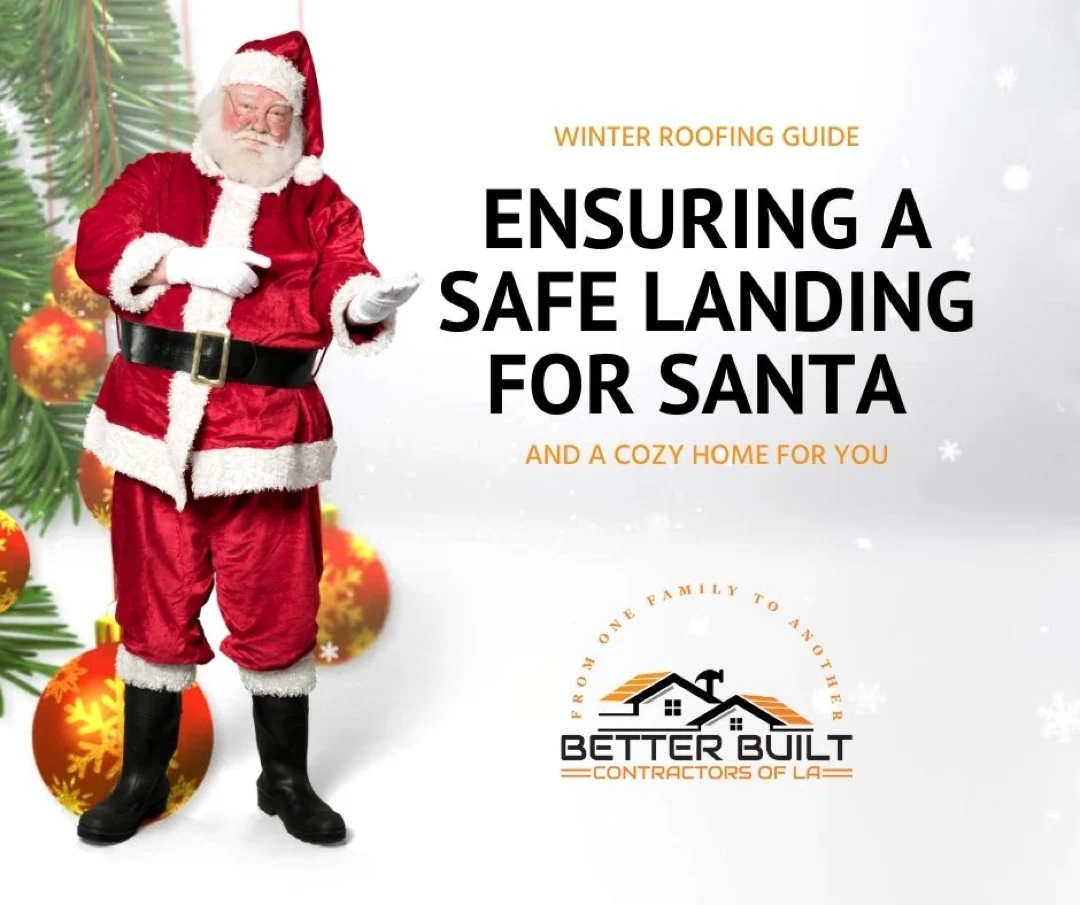
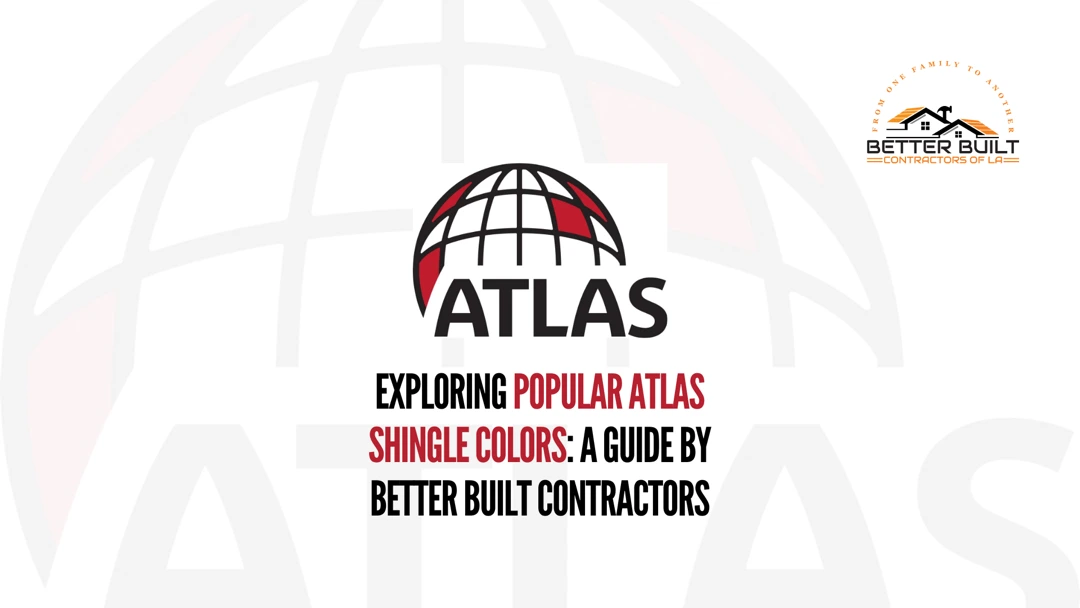




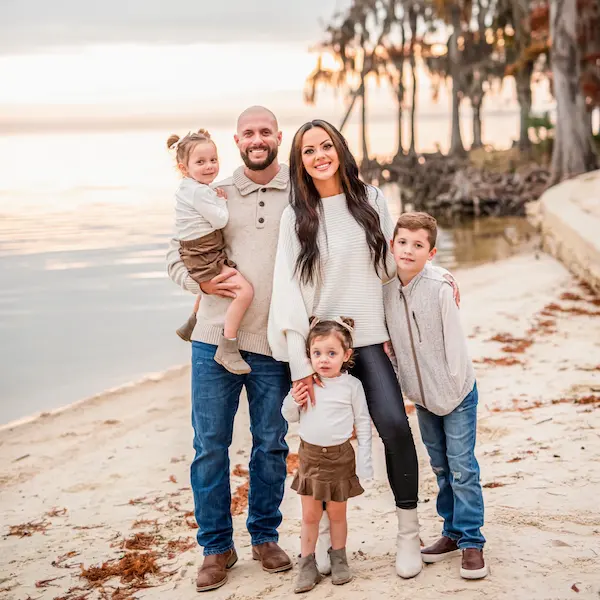
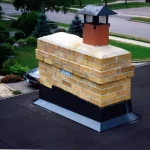
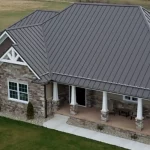

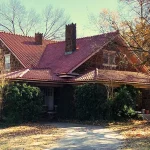
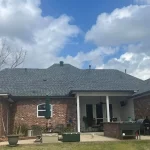
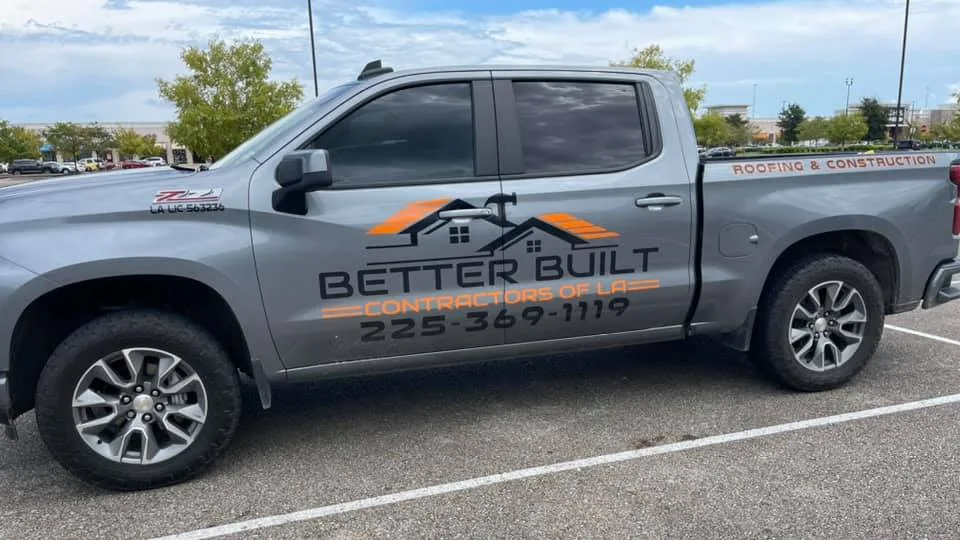

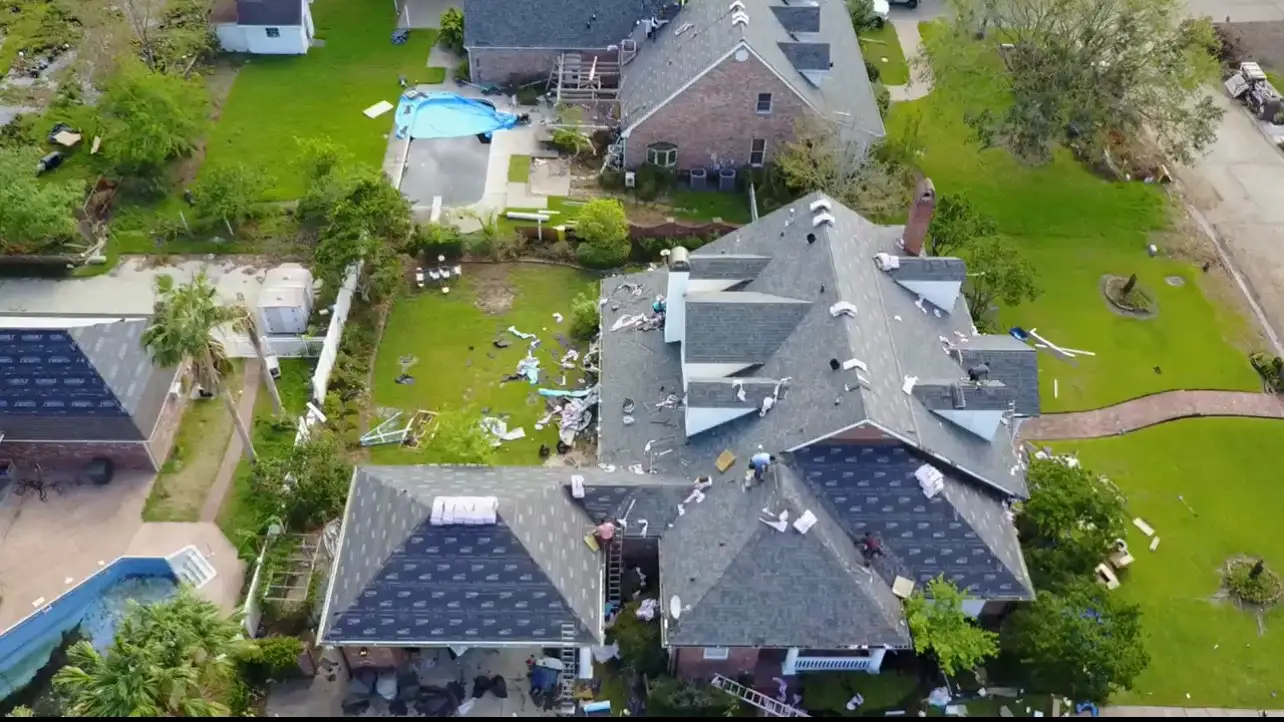
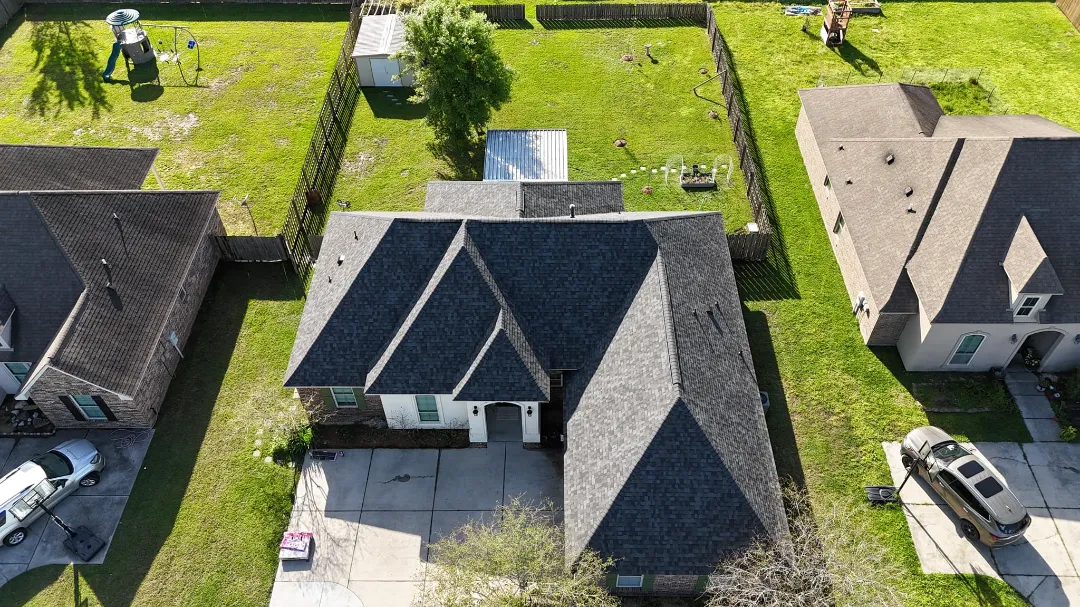
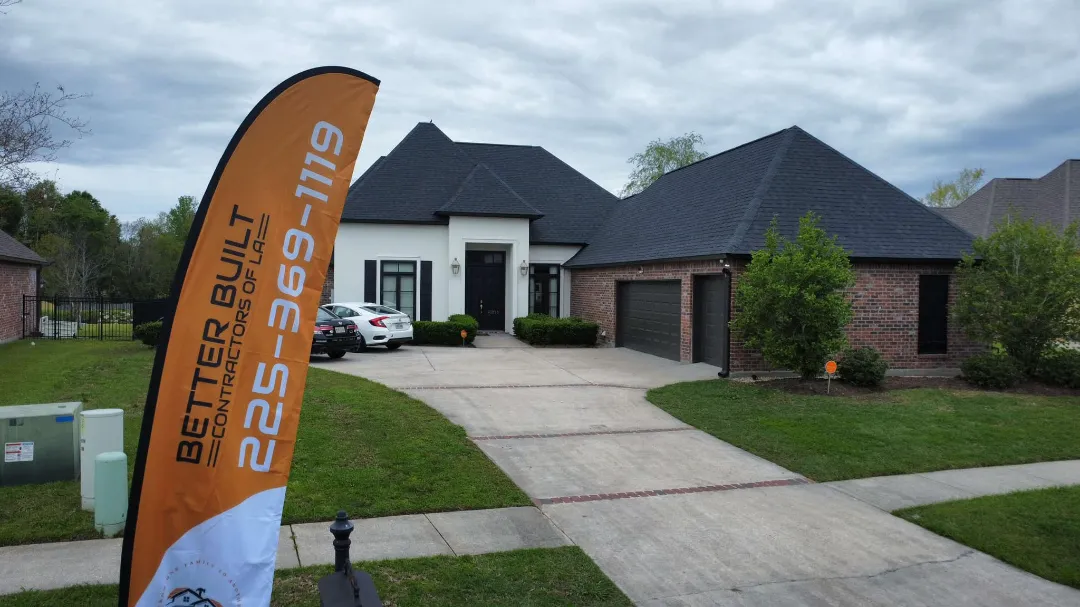
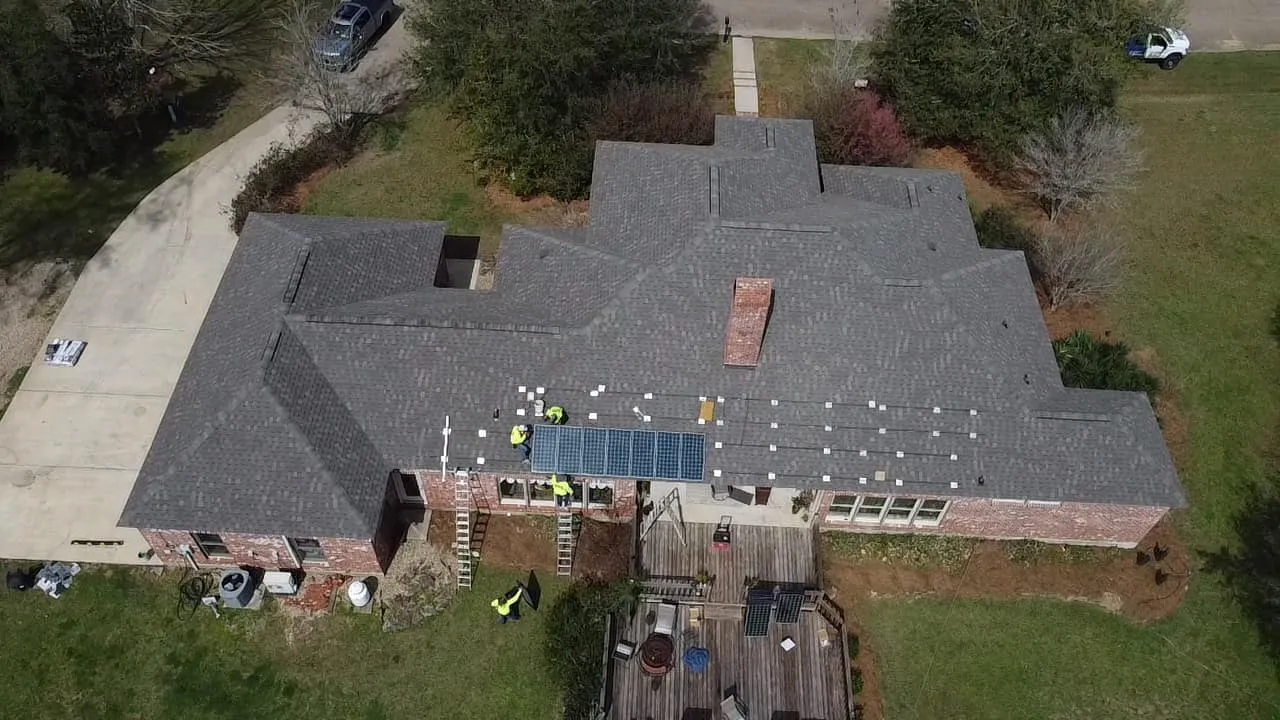
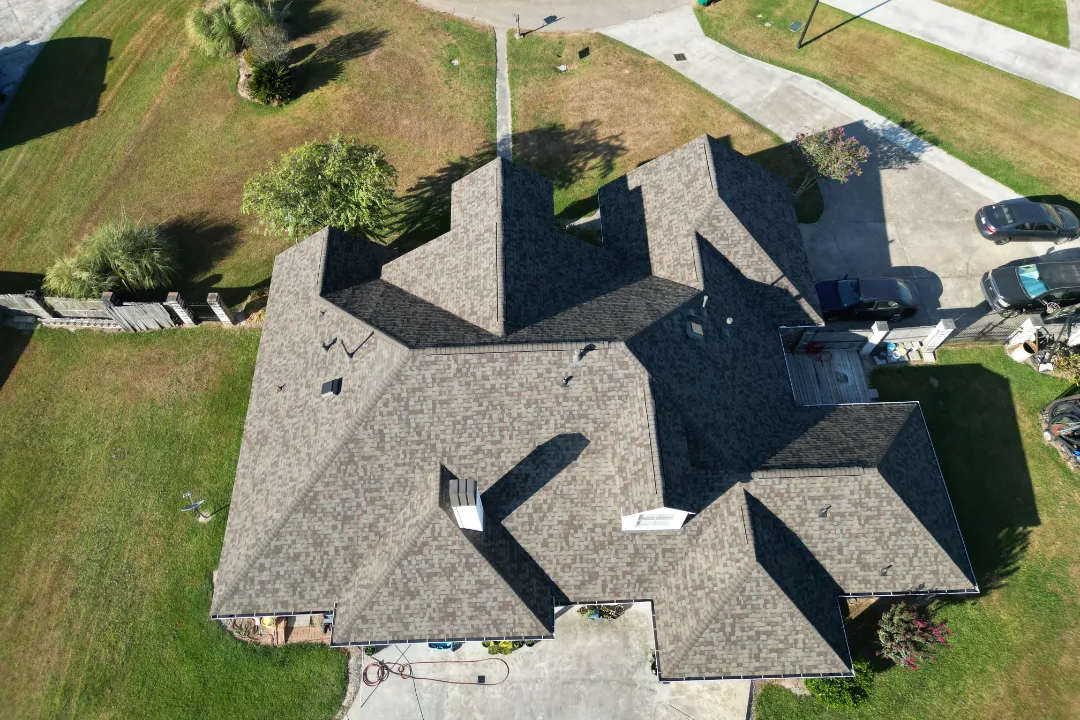
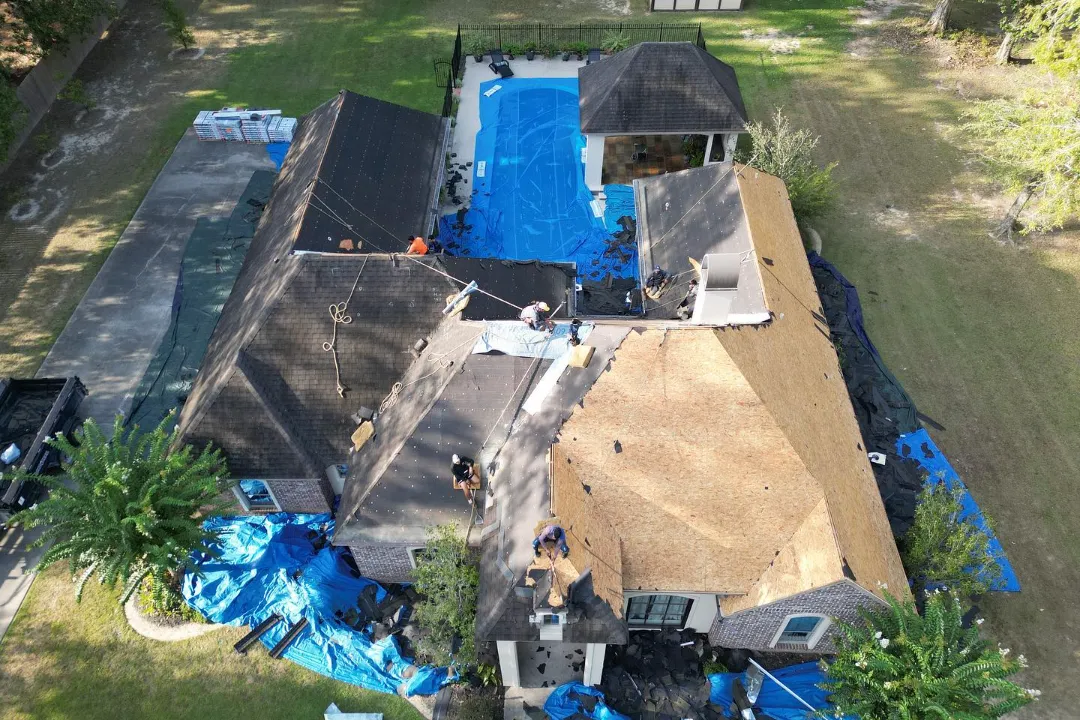
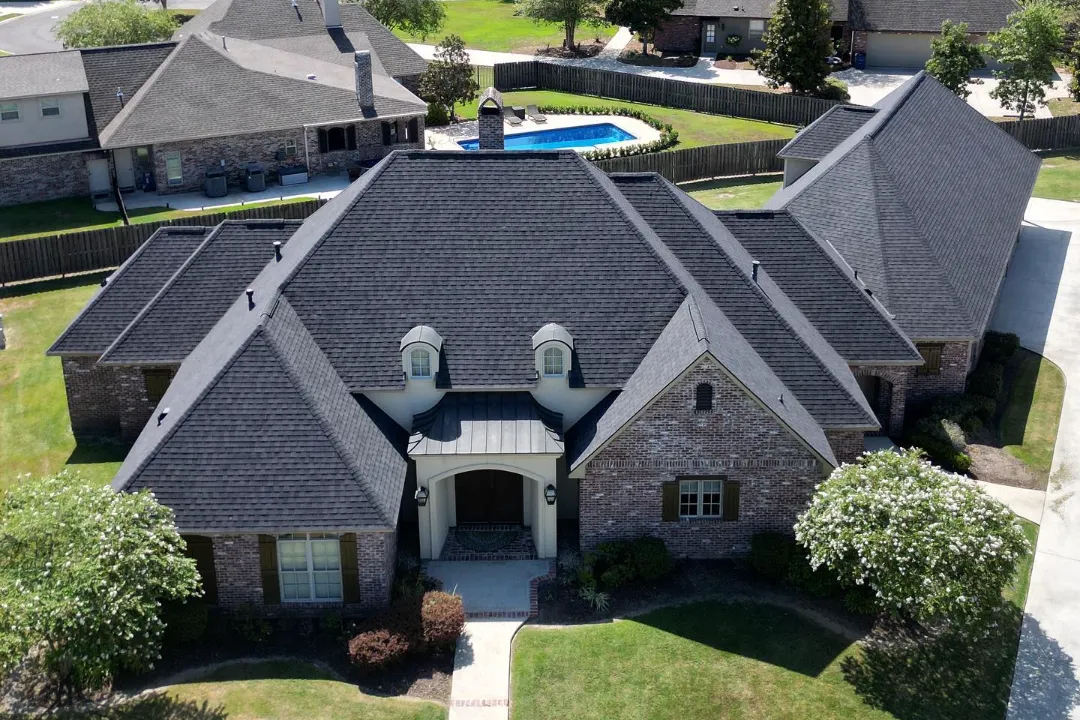
%20(1).png)
